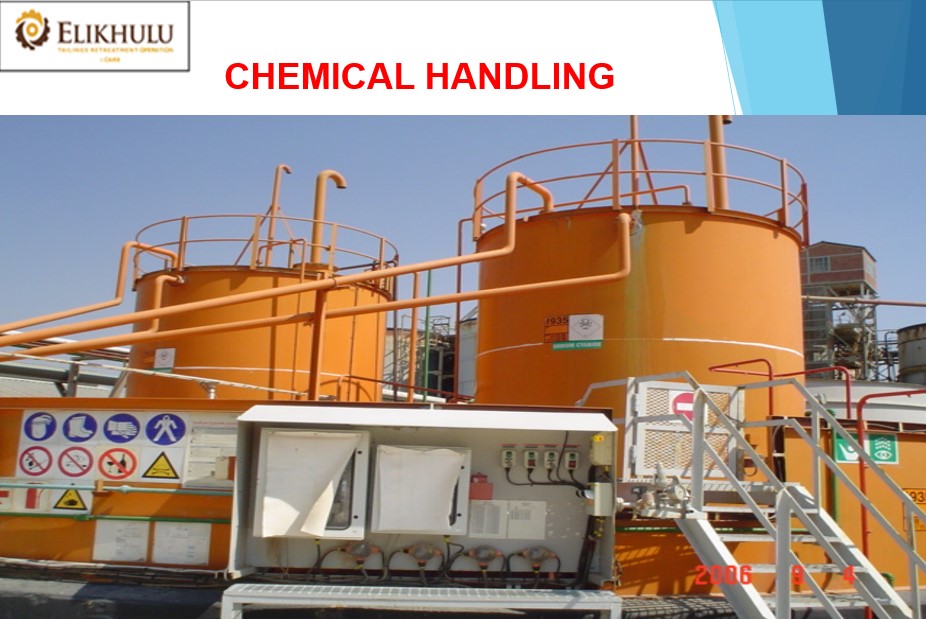Archives: Courses
Elandsfontein Colliery General Induction
[vc_row][vc_column][vc_single_image image="32374" img_size="large" alignment="center"][/vc_column][/vc_row][vc_row][vc_column][vc_column_text] [/vc_column_text][/vc_column][/vc_row][vc_row][vc_column][vc_column_text] [/vc_column_text][/vc_column][/vc_row]
Sheqmate – Incident and Accident Investigation
[vc_row][vc_column][vc_single_image image="32281" img_size="large" alignment="center" css_animation="rotateIn"][/vc_column][/vc_row]
Evander Gold Mining – Chemical Handling (Plant Operations)
[vc_row][vc_column][vc_single_image image="28727" img_size="large" alignment="center" css_animation="rotateIn"][/vc_column][/vc_row]
Blasting Certificate: People, Supervisory and Business Management Skills (Including Practical Exposure and Logbook Monitoring) – Module 8: Mine Health and Safety Act
[vc_row][vc_column][vc_single_image image="26685" img_size="medium" alignment="center" css_animation="fadeInLeftBig"][/vc_column][/vc_row]
Blasting Certificate: People, Supervisory and Business Management Skills (Including Practical Exposure and Logbook Monitoring) – Module 7: Mineral Act and Regulations
[vc_row][vc_column][vc_single_image image="26685" img_size="medium" alignment="center" css_animation="fadeInLeftBig"][/vc_column][/vc_row]
Blasting Certificate: People, Supervisory and Business Management Skills (Including Practical Exposure and Logbook Monitoring) – Module 6: Labour Requirements
[vc_row][vc_column][vc_single_image image="26685" img_size="medium" alignment="center" css_animation="fadeInLeftBig"][/vc_column][/vc_row]
Blasting Certificate: People, Supervisory and Business Management Skills (Including Practical Exposure and Logbook Monitoring) – Module 5: Employment Equity Act
[vc_row][vc_column][vc_single_image image="26685" img_size="medium" alignment="center" css_animation="fadeInLeftBig"][/vc_column][/vc_row]
Blasting Certificate: People, Supervisory and Business Management Skills (Including Practical Exposure and Logbook Monitoring) – Module 3: Basic Conditions of Employment Act
[vc_row][vc_column][vc_single_image image="26685" img_size="medium" alignment="center" css_animation="fadeInLeftBig"][/vc_column][/vc_row]
Blasting Certificate: People, Supervisory and Business Management Skills (Including Practical Exposure and Logbook Monitoring) – Module 2: Business and Performance Management
[vc_row][vc_column][vc_single_image image="26685" img_size="medium" alignment="center" css_animation="fadeInLeftBig"][/vc_column][/vc_row]
Blasting Certificate: People, Supervisory and Business Management Skills (Including Practical Exposure and Logbook Monitoring) – Module 4: Skills Development Act
[vc_row][vc_column][vc_single_image image="26685" img_size="medium" alignment="center" css_animation="fadeInLeftBig"][/vc_column][/vc_row]
Elikhulu Evander Mine – Safety Induction for Visitors
[vc_row][vc_column][vc_single_image image="28746" img_size="large" alignment="center" css_animation="rotateIn"][/vc_column][/vc_row]
Evander Gold Mine: Underground Induction
[vc_row][vc_column][vc_single_image image="28727" img_size="medium"][/vc_column][/vc_row][vc_row][vc_column][vc_single_image image="28335" img_size="full" alignment="center" css_animation="rotateIn"][/vc_column][/vc_row]
Evander Gold Mining General Induction Part 6 – Visitors Induction
[vc_row][vc_column][vc_single_image image="27361" img_size="large" alignment="center" css_animation="rotateIn"][/vc_column][/vc_row]
Evander Gold Mine – Cyanide Awareness Training (2020)
[vc_row][vc_column][vc_single_image image="27173" img_size="large" alignment="center" css_animation="rotateIn"][/vc_column][/vc_row]
TC Anchor Installation
[vc_row][vc_column width="1/2"][vc_single_image image="26503" css_animation="appear"][/vc_column][vc_column width="1/2"][/vc_column][/vc_row][vc_row][vc_column][vc_single_image image="28609" img_size="large" alignment="center" css_animation="rotateIn"][/vc_column][/vc_row]
